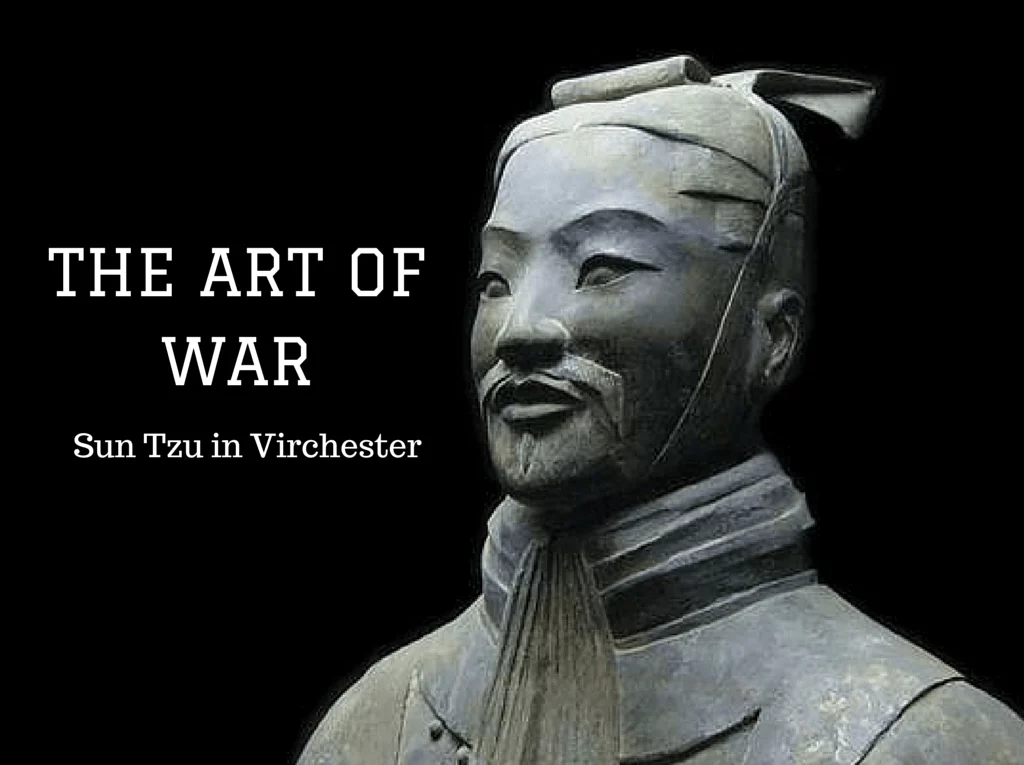Sun-Tzu and the Art of Presenting
The Chinese general Sun-Tzu lived around the 6th century BC and wrote one of the most famous treatises on military strategy of all time: The Art of War. More than a manual on military practices, it is a philosophical essay on how to resolve conflicts. Lessons can be drawn from this great little work that can be applied in numerous situations in everyday life, to the point that it has become a classic reference in the field of business management.
One of the best known and most profound quotes from the book can be roughly translated as:
“Know your enemy and know yourself, and you will emerge triumphant in a thousand battles.”
Without intending to portray the audience as the enemy or the act of presenting as a war, we could rephrase that maxim as “Know your audience.” Indeed, this should be our mantra. When facing any presentation we will strive to know well the audience to whom we are going to present. A strategy doomed to the most resounding failure is to give the same fixed-point talk in every forum regardless of the type of audience in each case.
We should consider our presentation as a dialogue with the audience, never as a monologue.
The best way to show respect for the audience is to care about them. We must be sensitive to their needs and interests and reflect on the following questions:
- What do they know about the topic? If we assume the audience knows more than they do and use foreign language, graphics and concepts, we will not connect with them and may even intimidate them. If we assume they know less than they really do, we will bore and even irritate them.
- What do they expect to learn from my talk? The audience comes to a presentation with specific expectations. If we ignore them and fail to meet them, they will leave with the feeling that the talk was a waste of time.
- How can my presentation be useful to them? The audience is the protagonist, not me. We don’t get up on stage to show off, but to communicate. Every idea, every transparency, every word must be present with the sole intention of helping the audience understand the message. Anything that does not contribute to better communication should be eliminated.
A presentation prepared with the intention of answering these questions has a greater chance of success than one in which the speaker is only concerned with demonstrating how much he or she knows about the subject. Know your audience and know yourself, and you will succeed in a thousand presentations.









